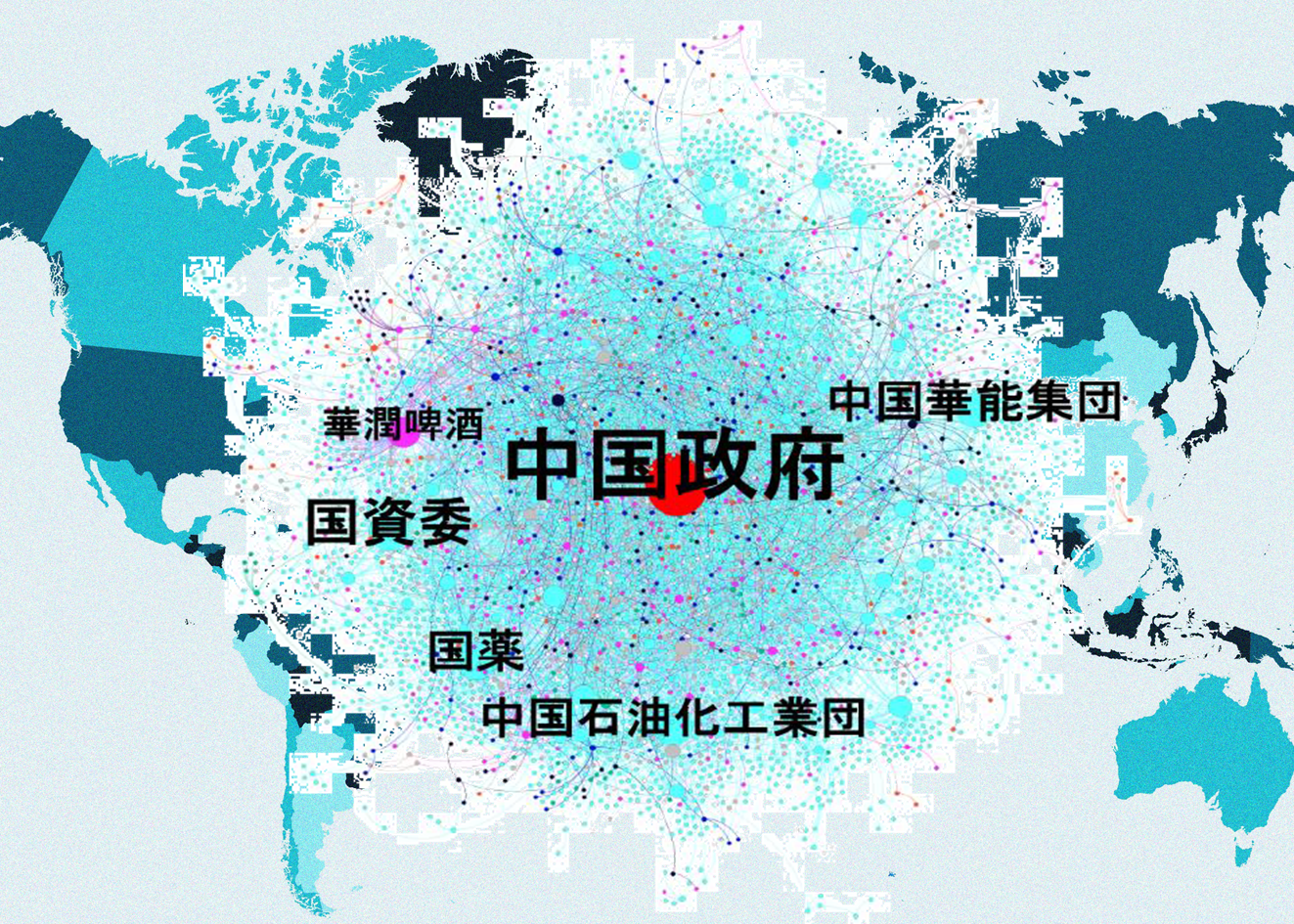Research
Wealth inequality
A study of corporate productivity and social polarization
Disparity mechanisms
To prosper in a free competition situation, it is necessary to take on the largest competitors that one stands a chance of beating. In other words, winners compete with other winners, and losers compete with other losers.
Businesses that keep winning will prosper and grow. In this way, wealth flows to a small number of winners, creating greater inequality.
These winners leave the rest of the field far, far behind. Nowadays, most consumer products are within the reach of ordinary people. What is the value of money to a winner who keeps on winning?

Economic bubbles and inequality
The only products that a successful winner might be interested in buying are financial products and real estate.
Since financial products and real estate are investments, such purchases will only serve to increase their wealth further still. How big can their wealth grow?
Financial transactions require both sellers and buyers. In other words, if the inequality gets too large, then there will be nobody big enough to trade with the winners. Previous bubble economies have burst once a certain level of inequality has been reached.

Estimating production functions
A production function is a function describing the relationship between a company’s production factors (e.g., its human resources, technologies and capital investment) and the quantity of products it makes using these factors.
A company with high capital investment will often have abundant human resources at its disposal, and it is difficult to discover which production factors are important. By performing multiple regression with multiple correlated production factors, it is also necessary to find a functional type.
We are working on the development of a production function estimation method that facilitates both the control and forecasting of production volumes by combining conventional cause-and-effect estimation methods with machine learning.

References
[1] T. Mizuno, A. Ishikawa, S. Fujimoto, T. Watanabe (2012) Progress of Theoretical Physics Supplement 194, pp.122-134.
[2] A. Ishikawa, S. Fujimoto, T. Mizuno, T. Watanabe (2016) Evolutionary and Institutional Economics Review 13, pp 409–422.
[3] A. Ishikawa, S. Fujimoto, T. Mizuno (2020) 投稿中

Research topics
-

Conflict Minerals / Modern Slavery: Research on dark side correction through the global supply chain
-

The rise of China: Visualization and prediction of power struggles in globalized shareholder networks
-

Economic bubbles and financial crises: Detecting outliers generated by self-feedback and crowd behavior
-

Exclusive nationalism versus multicultural symbiosis: A study of cultural fusion and conflict using big data on the movement of people
-

The economics of online society: Preventing excessive competition in a cyber society free from spatial constraints
-

Safe and secure cryptocurrency society: A study of remittance control systems for the cryptocurrency age
-

Manipulation of public opinion: A study of how it can be prevented in SNSs
-

Wealth inequality: A study of corporate productivity and social polarization